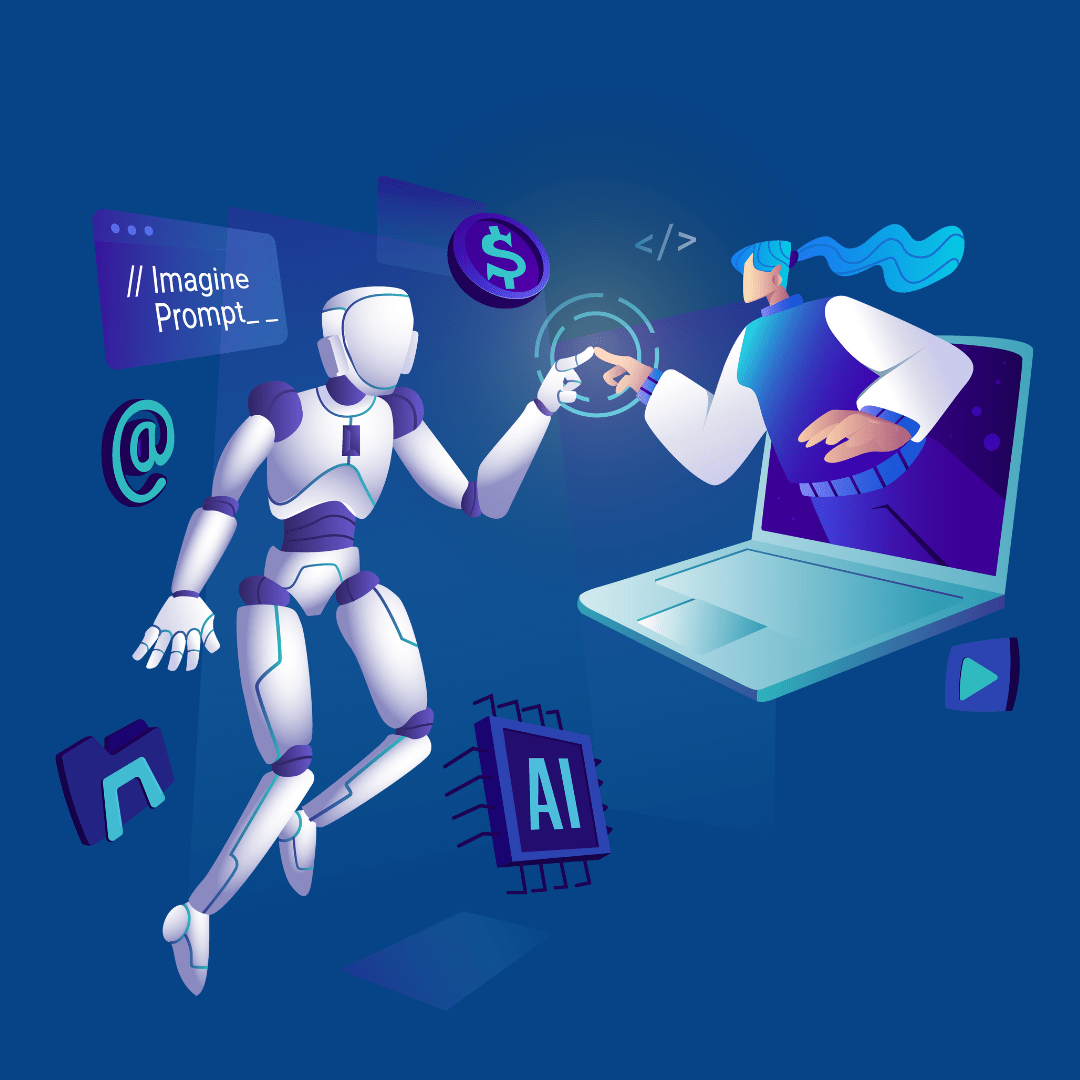
Learning about AI-Generated Personas
AI (Artificial Intelligence)-generated personas have become a crucial tool in modern market research and product development. Unlike traditional personas based on assumptions or small-scale surveys, AI-powered personas use big data, machine learning, and behavioral analytics to provide deep, accurate, and real-time insights into consumer behavior. Research shows that businesses leveraging AI personas achieve up to 40% better alignment between product design and market needs.
Impact on Business Decisions
| Research Type | Insight Depth | Predictive Accuracy | Implementation Cost |
| AI-Generated Personas | High | 85 to 95% | $$ |
| Traditional Personas | Medium | 50 to 70% | $$ |
| Focus Groups | Low | 40 to 50% | $$$ |
Key Components of AI-Generated Personas
Study Design and Implementation
AI-driven persona development requires structured data collection, model training, and continuous refinement. The framework must balance accuracy with adaptability, ensuring that personas reflect evolving consumer behavior.
Key considerations include:
- Data source selection (social media, browsing behavior, purchase history)
- AI model training and refinement
- Real-time behavioral tracking
- Ethical considerations and data privacy compliance
- Persona validation against actual customer behavior
Performance Tracking Metrics
| Metric Type | Tracking Period | Insight Value |
| Purchase Patterns | 12 to 24 months | Very High |
| Brand Engagement | 6 to 18 months | High |
| Customer Segments | 12 to 36 months | Medium-High |
| Market Trends | Ongoing | High |
Applications in Modern Market Research
Consumer Journey Mapping
AI-generated personas excel at revealing how customer preferences shift over time. By continuously analyzing behavior, AI can predict when consumers are likely to switch brands or adopt new products, helping businesses stay ahead of trends.
Brand Loyalty Analysis
Long-term AI-driven tracking provides unique insights into customer retention and brand loyalty. Studies indicate that brands using AI personas for loyalty programs experience a 35-50% improvement in customer retention compared to traditional segmentation methods.
| Loyalty Factor | Impact on Retention | Time to Observe |
| Product Relevance | +40% | 6 to 12 months |
| Customer Service | +45% | 3 to 9 months |
| Pricing Strategy | +30% | 9 to 15 months |
| Emotional Connection | +50% | 12 to 24 months |
Implementation Best Practices
Study Design Essentials
For AI-generated personas to be effective, businesses must ensure structured implementation:
- Define clear research objectives
- Establish dynamic segmentation models
- Use multi-channel data sources for a holistic view
- Validate AI insights with human expertise
Resource Requirements
| Component | Investment Level | ROI Timeline |
| Data Acquisition | High | 6 to 12 months |
| AI Model Training | Medium-High | 4 to 8 months |
| Continuous Monitoring | Medium | Ongoing |
| Team Training | Medium | 2 to 4 months |
Data Analysis and Insights
Pattern Recognition
AI enhances longitudinal research by identifying patterns that would otherwise go unnoticed. Advanced algorithms enable businesses to:
- Track evolving customer behavior patterns
- Identify emerging market trends
- Predict future product demand
- Map customer lifecycle stages
Future Developments
Technology Integration
AI-driven market research is evolving with new technologies:
- AI-Enhanced Analysis:
- Deep learning for persona evolution
- Real-time sentiment tracking
- Automated trend forecasting
- Data Collection Methods:
- IoT-enabled consumer tracking
- AI-powered social listening
- Behavioral biometrics for personalization
Conclusion
AI-generated personas are revolutionizing market research and product development. They provide businesses with deeper consumer insights, higher predictive accuracy, and scalable personalization. While AI-driven research requires significant investment, its ability to enhance decision-making and market responsiveness makes it invaluable for competitive businesses.
1. How accurate are AI-generated personas?
They achieve 85% to 95% accuracy by analyzing vast datasets and real-time behavioral changes.
2. How often should AI personas be updated?
Continuously, as consumer preferences evolve over time.
3. What data sources are used for AI persona development?
AI models rely on social media interactions, search behavior, purchase history, customer reviews, and real-time feedback.
4. How does AI enhance traditional market research?
AI automates data processing, detects behavioral trends, and predicts market shifts, making research faster and more actionable.
5. What’s the ROI timeline for AI persona implementation?
Initial insights appear within 6 to 12 months, with full optimization delivering peak value in 12 to 24 months.


